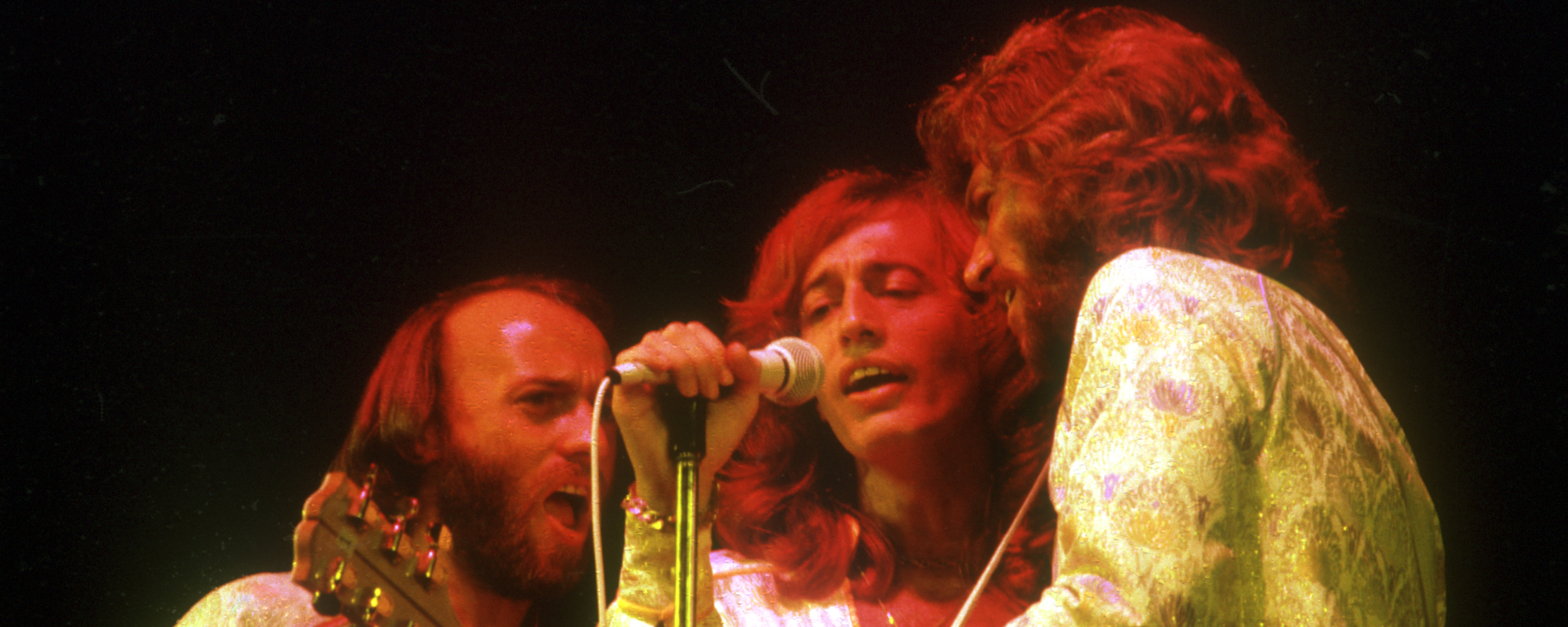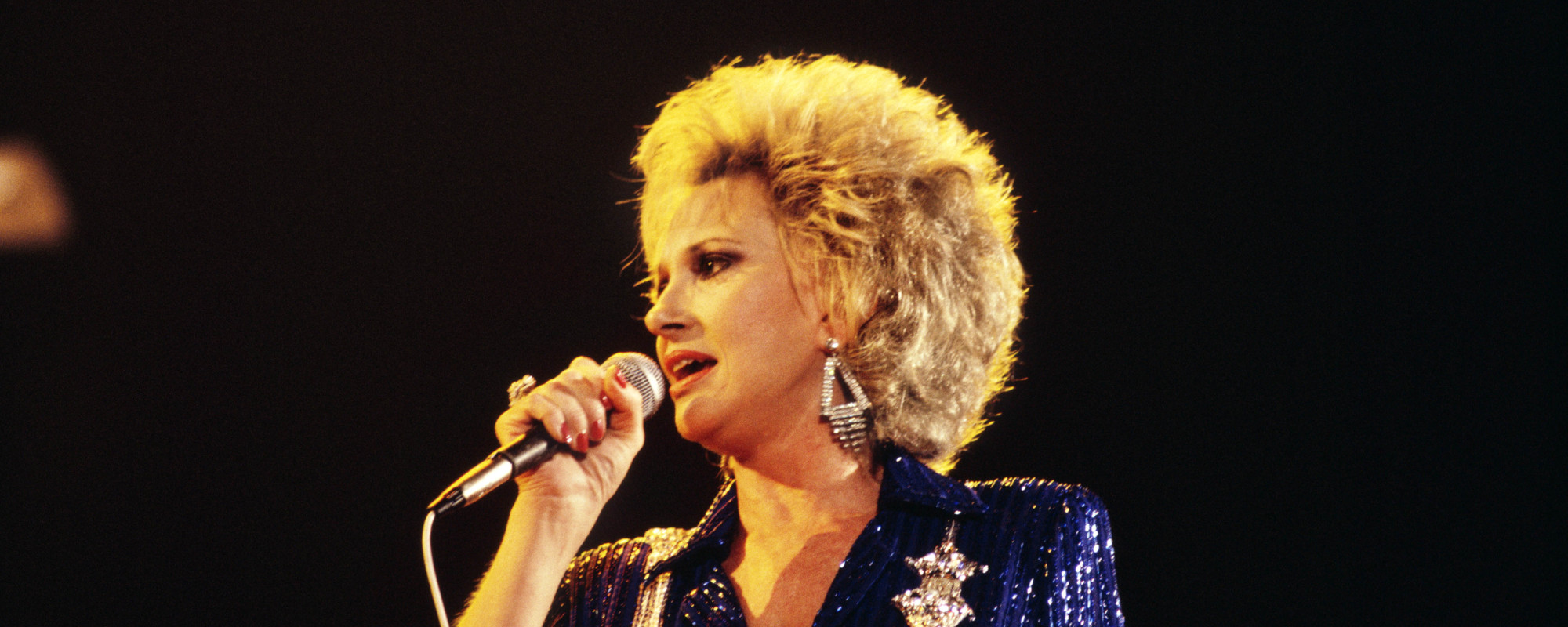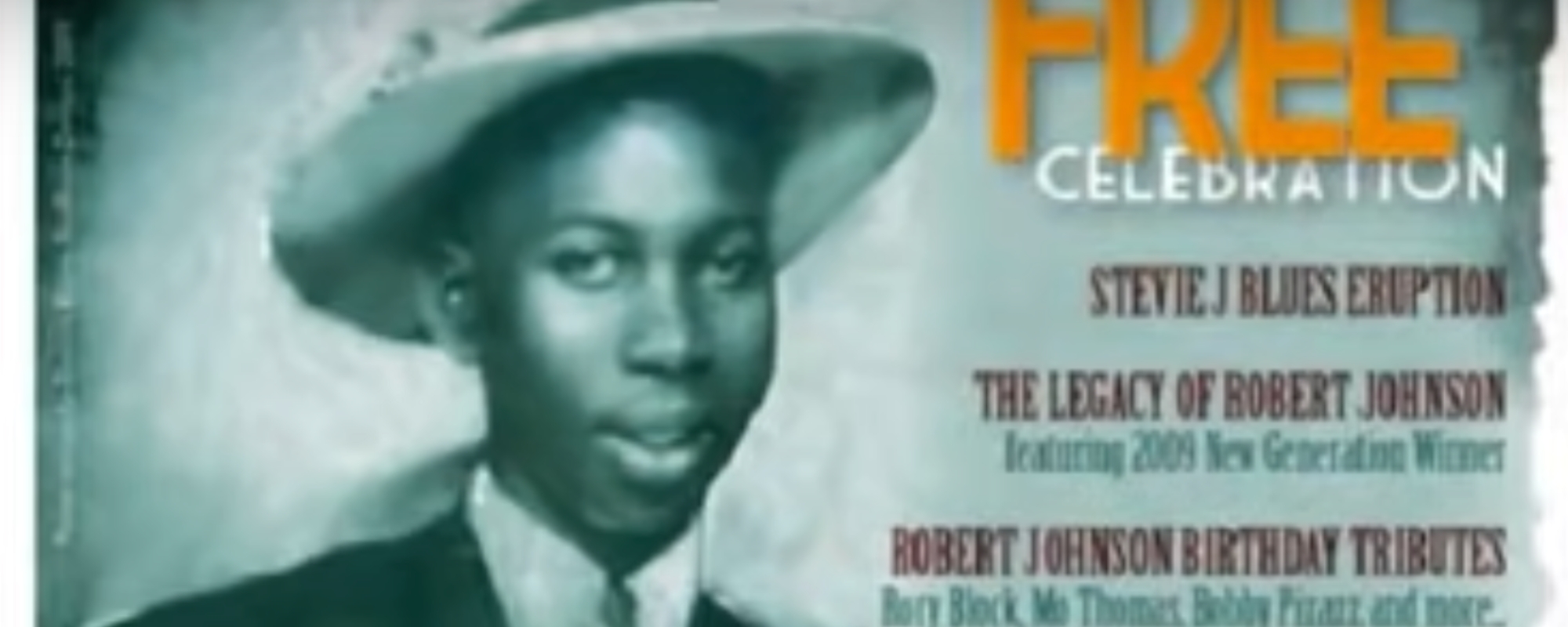
In the mid 1980s, the Grateful Dead made their “Touch of Grey”-inspired comeback on college campuses at the same time that I was on my own college campus, giving myself a crash course in bluegrass, folk and vintage country music – the new loves of my life. And few albums paved a path between the classic rock I knew and the Americana promised land I was discovering like Workingman’s Dead and American Beauty. Those albums, made very close together in 1970, solidified the Dead’s legacy as much more than an experimental rock band. They clearly knew and loved their roots. Not only could they cover Jimmie Rodgers or Bill Monroe with aplomb, they were writing utterly original songs with unexpected connections to the traditions of Woody Guthrie, Hank Williams and Delta Blues.
Videos by American Songwriter
Under the circumstances, how could “Sugar Magnolia” not resonate with college-aged me? Intimations of a year-round summer? A pretty girl glistening with water on a sunshine morning? A secret spot back in the woods? Its poetry was specific enough to elicit pictures and cryptic enough to fuel fantasies. Besides, I’m from the South, so magnolias trigger all kinds of complex sense memories, from climbing their sturdy branches to dangerous heights as a kid, to their sticky sweet and erotic scent.
But of course, it was the musical package on that iconic recording that took me. The harmonies are frayed, like a comfortable pair of jeans, and the lilting tempo and Jerry Garcia’s touch-ups with pedal steel guitar made the track an absolute classic and a joyful sing-along.
By 1970, poet Robert Hunter had developed a working relationship with his old friend Jerry Garcia. Their songs were growing more focused and crafted, and they exhibited a growing love for country music, expressed in gems like “Casey Jones,” “Dire Wolf” and “High Time.” Fellow Dead frontman Bob Weir hadn’t written anything in some time when he co-wrote “Sugar Magnolia” with Hunter, in what was their first of five collaborations.
According to Stephen Peters in What A Long, Strange Trip, Weir wrote the first half of the song and found himself singing the unfinished piece in the studio without ever having beta-tested it in live performance.
“Hunter was in (the control room) writing the end part while I was in there doing the lead vocal,” Weir recollected. “And I took a quick break and came in and said, ‘Well, you got anything for the end part, man?’ And he gave me this piece of paper and I went back out and sang it off the piece of paper. I didn’t even read through it.”
Weir’s half conjures up a mystery woman, widely thought to be inspired by his long-time girlfriend, Frankie. Not only is she sprightly and shape-shifting (“she can wade in a drop of dew”), she’s a loyal friend who will “take the wheel when I’m seeing double” and even pay his speeding tickets. (Does she have a sister?) Hunter’s second half gets vaguer, evoking rambling around nature at every hour of the morning, day and night.
The first line of the last verse, “Sunshine daydream” became the song’s long, jam-friendly coda, and would eventually become recognized as a song unto itself. Sometimes the Grateful Dead would roll from one into the other, and sometimes they would open a set with “Sugar Mag” and encore with “Sunshine Daydream.” It was said to be the favorite Dead song of their most famous promoter, Bill Graham, and after his death, the band stretched the gap between song and coda to a full week – with a top half in Oakland and the end in Golden Gate Park. By the time it was all tallied up, according to Deadbase, the Grateful Dead performed “Sugar Magnolia” in concert more than any other song in their catalog besides “Me & My Uncle.”
Surprisingly, perhaps for such a prolifically performed Dead standard, “Sugar Magnolia” hasn’t been covered on record by many other artists. One of the most successful was on 2007’s American Beauty Project, when a lineup of Americana all-stars performed and recorded the album in sequence. Vocals were handled ably (and at a brisk tempo) by Jim Lauderdale, who has himself co-written more than two full albums of songs with Robert Hunter.
The Grateful Dead is one of the most polarizing bands in the history of rock and roll. Some who prefer songs with tidier structure and who are impatient with the necessary highs and lows of extended improvisation may just never get it. And that’s a shame, because the quirky beauty of Dead songs may be lost on them. For my money, however, a pox on bands who play their hits the same way year in, year out. It’s much more exciting to watch songs evolve over time, or show to show. “Sugar Magnolia” quickly morphed into a driving rock tune when the Dead played it live in the 1970s, and it took on many shadings in the years since. Weir has said he’s never been entirely happy with that original studio version, due in part to their utter lack of rehearsal or shakedown time. But that’s one version I’d never want to see changed.













Leave a Reply
Only members can comment. Become a member. Already a member? Log in.